What’s the latest in health policy research? The Essential Scan, produced by the Schaeffer Initiative for Innovation in Health Policy, aims to help keep you informed on the latest research and what it means for policymakers. If you’d like to receive the biweekly Essential Scan by email, you can sign up here.
Two papers from Schaeffer Initiative conference propose improvements to the drug distribution chain
Researchers at USC and Brookings released two papers evaluating the pharmaceutical distribution chain at a Leonard D. Schaeffer Initiative for Innovation in Health Policy event on June 14. Neeraj Sood, Tiffany Shih, Karen Van Nuys, and Dana Goldman evaluate the distribution of funds among sectors involved in the development and dissemination of pharmaceuticals. While there are differences between generics and branded drugs, they find that net profit margins average 26 percent for manufacturers, 3 percent for insurers, 4 percent for pharmacies, 2 percent for pharmacy benefit managers, and 0.5 percent for wholesalers. In the second paper, Steven M. Lieberman and Paul B. Ginsburg outline information asymmetries and incentives of the generic distribution chain, noting pharmacy benefit managers’ conflicting roles in contracting with health plans and in operating their own mail order pharmacies. They propose a policy allowing health plans selective access to actual average generic drug prices paid by retail pharmacies that, if it achieved even a 4 percent reduction (an average reduction of $1 per generic prescription reimbursement) would save $4 billion per year. Full Sood article here. Full Lieberman article here.
ACA’s provision allowing children to stay on parents’ insurance longer had “extremely small” young adult labor impacts
Bradley Heim, Ithai Lurie, and Kosali Simon find the Affordable Care Act’s requirement that insurers and self-insured health plans allow children to remain on their parents’ health insurance plan until the age of 26 had “extremely small [absolute] impacts” on young adults’ likelihood of low wages, receiving fringe benefits from an employer, or enrolling in additional schooling. In fact, the only statistically significant finding was that the provision increased the prevalence of young adults working for an employer with health insurance by 1.1 percent, contrary to expectations. In contrast to previous difference-in-difference studies of the young adult provision’s impact, the authors use tax data to compare only the young adults whose parents are likely to have access to employer-sponsored insurance. Full article here.
Black heart attack patients more likely to be diverted from closest hospital, and experience higher 90-day mortality rates than whites with similar diversion levels

“The racial disparities in rates of ambulance diversion and its consequences are concerning. But the striking decline over the decade in diversion rates for both black-serving and other hospitals is an encouraging indication that the problem is being addressed.”
-Paul Ginsburg, PhD, Director of the Schaeffer Initiative
Renee Y. Hsia, Nandita Sarkar, and Yu-Chu Shen find that hospitals with a high share of black patients with acute myocardial infarction (AMI) were more likely to experience ambulance diversion, and that, when exposed to high levels of diversion, black patients fare worse than white patients. In contrast to previous studies, the authors find that not only are hospitals treating large shares of black patients more likely than others to divert incoming ambulances to other hospitals because of crowded emergency department conditions, but also that black patients have higher mortality rates than whites exposed to the same levels of diversion. They find that black AMI patients exposed to high diversion had a 90-day mortality rate 2.88 percentage points higher-a 19 percent relative increase-compared to white AMI patients. These findings suggest that efforts to reduce ambulance diversion at black-serving hospitals may help reduce, but not eliminate, disparities in mortality outcomes in emergency care for black AMI patients. Full article here.
Diagnosis of opioid abuse associated with $10,989 in additional annual care costs, with care consumption increasing 9 months before initial identification of abuse

“This is yet another example of the not-so-hidden social costs of the opioid crisis.”
-Dana Goldman, PhD, Director of the Schaeffer Center
Lauren M. Scarpati, Noam Y. Kirson, Miriam L. Zichlin, and co-authors find that individuals with a diagnosis of prescription opioid abuse, dependence, or overdose incur $25,069 in average annual health care expenditures, as compared to $14,080 among non-opioid abusers-a difference of $10,989 a year per person. This number translates to a an additional $1.98 per member per month in excess care costs, an estimate of the average incremental costs for opioid abuse care based on the total opioid abuse-related excess cost and the incidence rate in the population. The authors compared the health care consumption of opioid abusers and non-abusers over an 18-month period, indexing the timelines with a first diagnosis relevant to opioid abuse for abusers and with the date of a random medical claim for non-abusers. They find relatively similar levels of consumption between the two groups 7 to 12 months prior to the index event, but that excess costs begin to grow approximately 9 months prior to opioid index event. Opioid abuser consumption continues to grow leading up to the index event, and both groups’ costs scale down in the 6 months following. The main drivers of excess costs among opioid abusers include treatment for opioid and non-opioid substance abuse, painful conditions, and mental health disorders. These findings provide detail surrounding the areas and extent of additional cost of opioid abuse, and call for further research to identify opioid abuse earlier and develop a comprehensive treatment approach. Full article here.
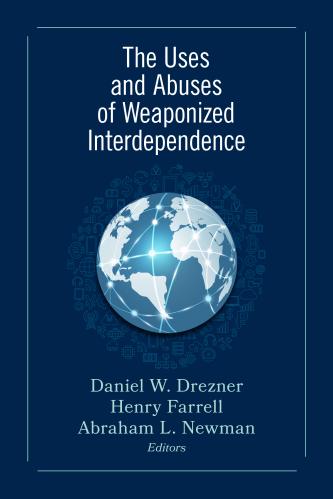
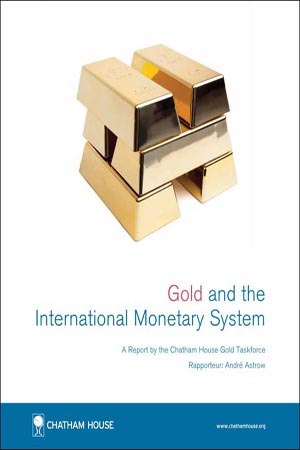

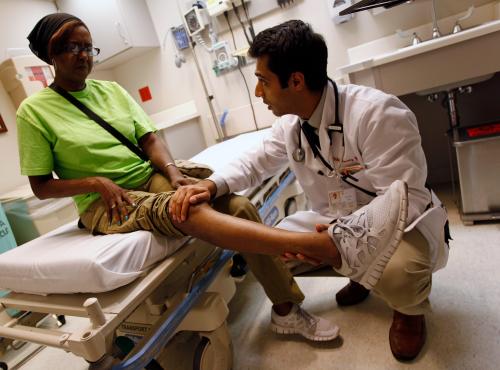




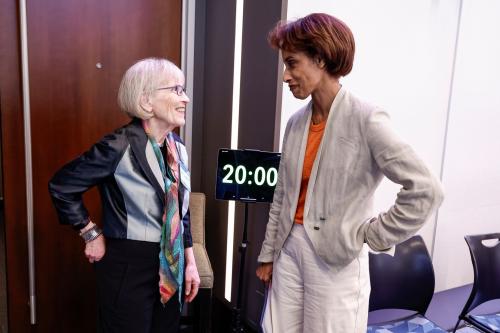
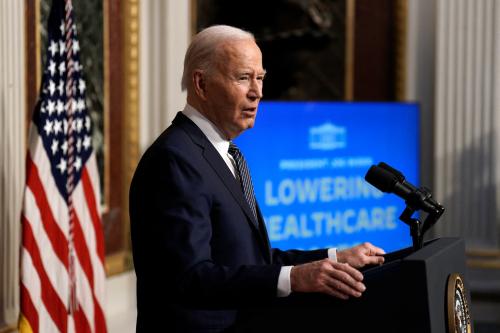
Commentary
The essential scan: Top findings in health policy research
June 15, 2017